Search
Remove Ads
Advertisement
Summary 
Loading AI-generated summary based on World History Encyclopedia articles ...
Search Results
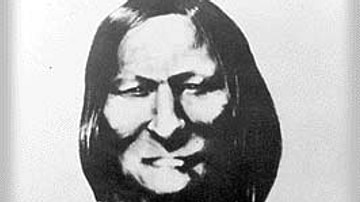
Definition
Black Kettle
Black Kettle (Mo-ta-vato/Mo'ohtavetoo'o, l. c. 1803-1868) was a chief of the Southern Cheyenne who became famous as a "peace chief" – seeking peaceful relations with the US government – as opposed to war chiefs such as Roman Nose (Cheyenne...
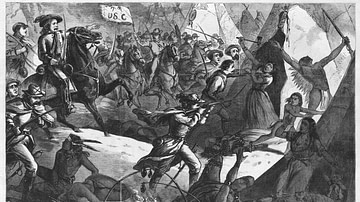
Definition
Washita Massacre
The Washita Massacre (Battle of Washita River) was the slaughter of the village of the Southern Cheyenne Chief Black Kettle (l. c. 1803-1868) and the peace chiefs aligned with him on 27 November 1868 at the hands of the 7th Cavalry led by...
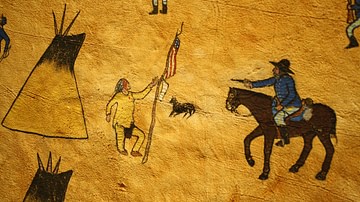
Image
Black Kettle at Sand Creek
Portion of a heraldic painting depicting Black Kettle at Sand Creek by artist Stone Rabbit.
Buffalo Bill Center of the West, Cody, Wyoming.
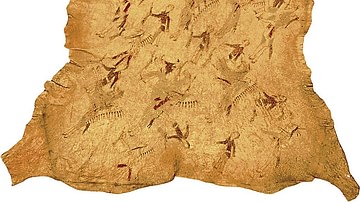
Article
Yellow Hair: George Armstrong Custer
Yellow Hair: George Armstrong Custer is the Cheyenne and Arapaho account of Lt. Colonel George Armstrong Custer (l. 1839-1876), his interaction with the Southern Cheyenne Chief Black Kettle (l. c. 1803-1868), the Washita Massacre (27 November...

Definition
Sand Creek Massacre
The Sand Creek Massacre (29 November 1864) was a slaughter of citizens of the Arapaho and Cheyenne nations at the hands of the Third Colorado Cavalry of US Volunteers under the command of Colonel John Chivington, resulting in casualties estimated...

Image
The Attack on Black Kettle's Cheyenne Camp
The Attack on Black Kettle's Cheyenne Camp, an illustration of the Washita Massacre/Battle of Washita of November 1868, from Frank Leslie's Illustrated Newspaper, NY, New York, December 1868.

Image
Chief Black Kettle of the Southern Cheyenne
Photograph of Chief Black Kettle of the Southern Cheyenne, an advocate for peace between his people and the white settlers in the 19th century.
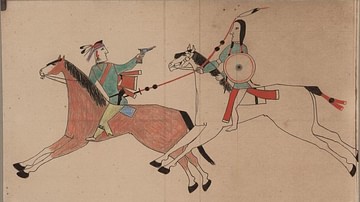
Article
The Prophecy of Bear Man
The Prophecy of Bear Man is a war story from the Cheyenne nation relating their response to a Pawnee horse-raiding party and how they defeated their enemy, regaining most of the horses taken. The story exemplifies Native American warfare...

Video
Custer & Black Kettle: Battle of the Washita Part I. Lives of the Little Bighorn
On the early morning of November 27th, 1868, the Seventh Cavalry, led by Lieutenant Colonel George Armstrong Custer, attacked Southern Cheyenne Chief Black Kettle’s village on the Washita River. . But there was much more to this fight than...
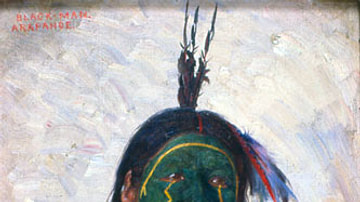
Definition
Arapaho
The Arapaho are a North American Native nation originally from the Red River Valley in modern-day Manitoba, Canada, and Minnesota, USA. They migrated south in the early 18th century and established themselves in modern-day Colorado, Montana...